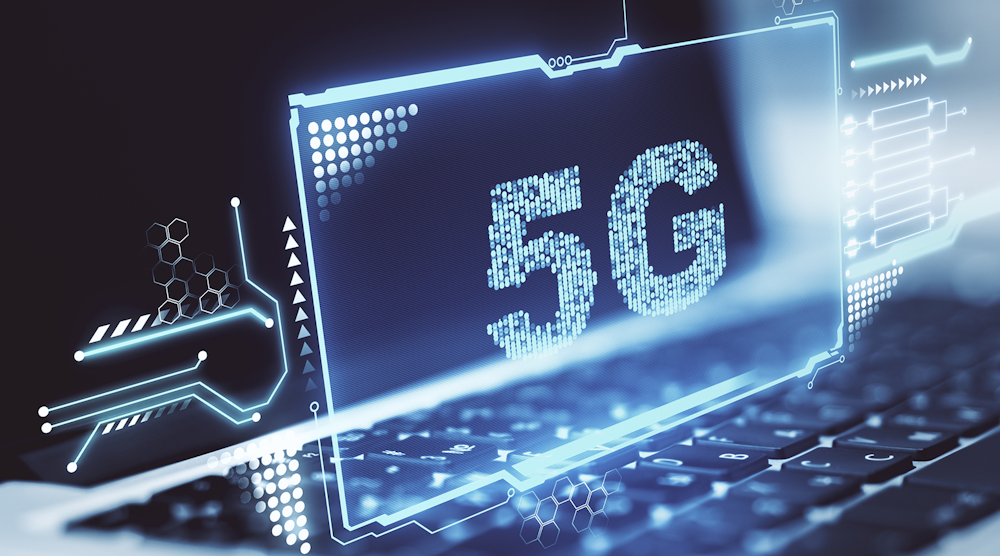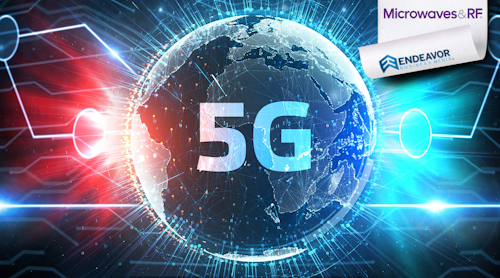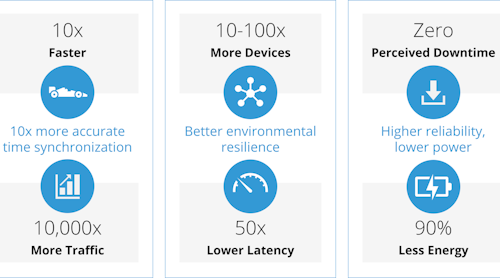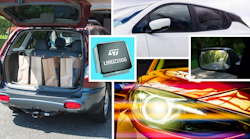What you’ll learn:
- The problem with 5G.
- What’s the answer?
- How do satellites enter into the mix?
5G cellular technology, like AI, self-driving cars, and other hot technologies, has emerged from the hype stage into the collective conscience of most people. 5G is up and running, but how is that working out for everyone? Here’s an update and my view of this technology.
The Current State of Affairs
5G service is available in over 30 of the largest U.S. cities. AT&T, T-Mobile, and Verizon all have functioning systems. Most are on the lower cell bands (500 to 2500 MHz and others at < 6 GHz) while others use the newer millimeter bands scattered from 24 to 39 GHz and even higher.
Then, of course, the usual suspects have 5G phones to sell you. Apple has an iPhone 12 for 5G, and Samsung has several of its Galaxy models for 5G. LG and multiple Chinese makes are available. These will set you back about $1,300 on top of the service. More models are forthcoming.
So, how does this new service and the phones work? Like other cellular networks, the phone links up with a nearby 5G base station, connections are made, and a phone call, text, email, or whatever takes place. 5G base stations are just small cells that mount on light poles, sides of buildings, and anywhere else service companies can find the space.
然而,正如许多5 g客户发现,good 5G connection is hard to come by, especially in the millimeter bands. As radio physics tells us, the higher the frequency, the shorter the range possible. What 5G subscribers are discovering is that they must be very close to a 5G base station to get a connection. That’s usually several hundred feet or less, which is very inconvenient. If your phone doesn’t connect to a 5G base station, it falls back to 4G LTE, and you get connected.
Even worse is trying to make a 5G call or text from indoors. I read somewhere that most (80%+) cell-phone communications take place indoors. I bet it’s more like 90 %. Anyway, in addition to the lack of close to 5G cells, millimeter waves don’t penetrate walls, concrete, glass, or other building materials. What you get is a 4G call. So, who needs the 5G phone?
Any good RF engineer working in microwave or millimeter-wave spectrum could have told you all of this would happen. It makes you wonder what the cellphone carriers were thinking as the 5G standards were being made. In any case, the main 5G operators are working on the problem.
The Solutions
I suppose the most obvious and direct approach is to add many more base stations. Maybe even some indoors. And boost their power if possible, as well as add high-gain phased arrays with agile beamforming to boost overall transmitted power to punch through walls and whatever. Of course, that’s expensive.
Furthermore, adding new small cells means that more backhaul will be needed. Fiber is used in most cases, but some microwave or millimeter-wave backhaul also is deployed. Again, more expense.
Meanwhile, R&D continues and perhaps some new solutions will be found. David Hall at NI recommends looking into the use of different methods for the uplink and downlink. Both digital and analog methods are available. That may provide some increment of improvement.
Seeking Satellites
我看到和听到的是那一颗卫星不twork is the solution. But most of us aren’t that dumb to fall for it. If dozens of small cells within a few hundred feet can’t fix the problem, how does a satellite help? Even low-Earth-orbit (LEO) satellites that are from 30 to 1200 miles above the Earth will not work. Space just isn’t a good path for millimeter waves without some heavy-duty equipment. Recently, an investment company was promoting the stock of an Israeli firm that makes satellite modems, and they appeared to be offering a 5G range solution. But that’s not the case.
On the other hand, there’s a massive amount of satellite work going on. Elon Musk’s Space X company is building out a massive LEO constellation that will handle 5G traffic. Called Starlink, the network already has 300 satellites in orbit with hundreds, even thousands, more are planned.
Amazon also is building a satellite network called the Kuiper System. It uses up to 3,236 LEO satellites and 5G technology. London-based OneWeb is making a LEO network, too. Moreover, Facebook has said it’s interested in its own LEO network.
Wow! What else can you say? The sky will be dark with satellites further blocking an already disappearing view of the real stars. While these satellites can pass traffic from hand off to hand off, they will need some ground stations to distribute the output. Earth-based stations can serve as backhaul and connect to other 5G networks.
However, that doesn’t solve the Earth 5G problem. And 5G phones aren’t going to talk to the LEO satellites directly, although that’s a possibility with a powerful enough 5G phone. But future LEO networks can provide a worldwide capability for standard 5G phones through satellite backhaul uplinks.
While the whole satellite picture isn’t clear right now, we’ll eventually hear more about it.
Other Questions
And let’s not forget IoT, which claims to use 5G to connect millions of sensors and controlled devices like robots, self-driving cars, and the like. Will 5G be reliable enough with its range limitations? How does that work?
But that’s not all. Now many concerned people, organizations, and the government are seriously worried that with all of those thousands of millimeter-wave 5G cell sites and satellites, there will be excessive RF radiation that could endanger human health, the climate, and whatever else they can think of. None of this is totally proven today, but expect it to be a coming debate and major issue.
So, have you bought your 5G phone yet? Maybe you should wait. I don’t have one yet. I live in the boonies and it will be years before I see 5G service. But the 4G LTE service here is excellent and I don’t need the speeds offered by millimeter-wave 5G.
5G has a way to go yet, and with the addition of AI and other developments, it should morph into a great communications system. Just don’t hold your breath.



















